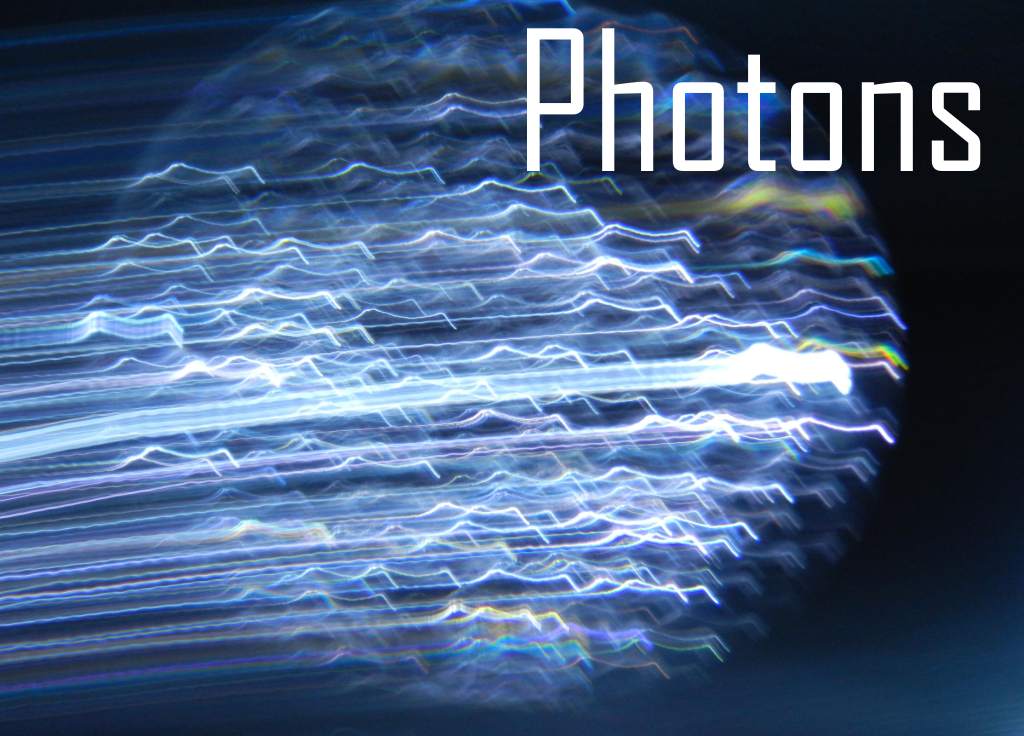Click to Embiggen



Unexpected Finger's laser engines burned protons into photons. (Also electrons, but they are tiny so we will snub them.)
Probably you are feeling discontent, thinking this whole proton-annihilation laser thing is wacky, because it lost no energy to neutrinos. And how was the momentum transmitted to the hull?
But Finger was not wacky. She was ideal, in the sense that she made the best conceivable use of her on-board fuel. No rocket can do better without external help, even with antimatter, unless it breaks some currently fashionable laws.
For your sophomore analysis of What Dr. Jerk was trying to say, I suggest this: As the best conceivable self-contained rocket, Unexpected Finger embodies virtue. Not the modern concept of virtue, which consists mainly of not admitting the obvious. Rather the old-fashioned, get-the-job-done variety. The kind of virtue that carries your civilization into the wilderness, armed only with what you can carry in your vehicle and a spirit that's willing to beat the shit out of an environmentalist.
On the other hand, I don't care for the implied comparison to my own achievements. On second thought, those pioneer assholes were a bunch of racists, and wilderness is perfectly nice. I would live there myself, if it had WiFi.
But I digress. So how big were those photons?
Each photon carried the mass-energy of its parent proton, according to Einstein's formula E=Mc2 where M is the mass of a proton (1.7×10‑27kg) and c is the speed of light (3×108m/s.)
Thus the energy of a Finger exhaust photon was E=Mc2 = (1.7×10‑27kg) (3×108m/s)2 = 15×10‑11kg m2/s2 = 1.5×10‑10J.
This was the energy measured by Finger's crew. On Earth, we saw the photons blue-shifted by 25% because of Finger's velocity. So we saw photon energy Dopplered up to 1.25 × 1.5×10‑10J = 1.9×10‑10J.
That is a lot of energy, for a photon. We have to wonder, how does it compare to being poked by a pin?
A typical straight pin has a diameter of 0.5 mm, made of steel with a specific gravity of 8, according to some guy on the internet. So a pin radius is 2.5×10-4 m, and its cross-sectional area is πr2 = π(2.5×10‑4 m)2 = 2×10‑7 m2. If its length is 2cm, then its volume is area×length = 2×10‑7 m2 × 2×10‑2 m = 4×10‑9 m3.
With a density of 8×103 kg/m3, the pin's mass is 4×10‑9 m3 × 8×103 kg/m3 = 3.2×10‑5 kg.
Click to Embiggen |
 |
So if a straight pin were hurled at you by a charging snail, with velocity v=0.5cm/s, the pin's kinetic energy would be e = ½mv2, = ½(3.2×10‑5kg) × (5×10‑3m/s)2 = 4×10‑10 kg m2/s2, which is 4×10‑10 Joules, about twice the energy of a Finger exhaust photon.
Photon energies are usually expressed in eV (electron volts), where one Joule = 6.2×1018eV. So the energy of Finger's exhaust photons was 1.9×10‑10J × 6.2×1018J/eV = 1.2×109eV.
In other words, Finger's exhaust photons carried an energy of 1.2GeV.
This is respectable energy, for a gamma ray. For a cosmic ray, feeble.
This would be more complicated if Finger’s velocity was close to c, where relativistic effects matter.
So how big were those photons? A photon's size depends on its energy, by the formula λ = hc/E where λ is wavelength, c is the speed of light (3×108m/s) and h is Planck's constant (6.6×10‑34J s.)
Note that Energy is in the denominator, which means photons are like chicks: The small ones are hotter.
To all you college professors: HAHAHAHAHAHA I CAN SAY THINGS YOU CAN'T.
Sorry about that. I taught at Penn State and Vandy, both of which are owned by lady boys. My ass is still sore.
But I digress. Plugging in the numbers, we get the photon wavelength λ = hc/E = (6.6×10‑34J s) (3×108m/s) / (1.9×10‑10J) = 10‑15m.
